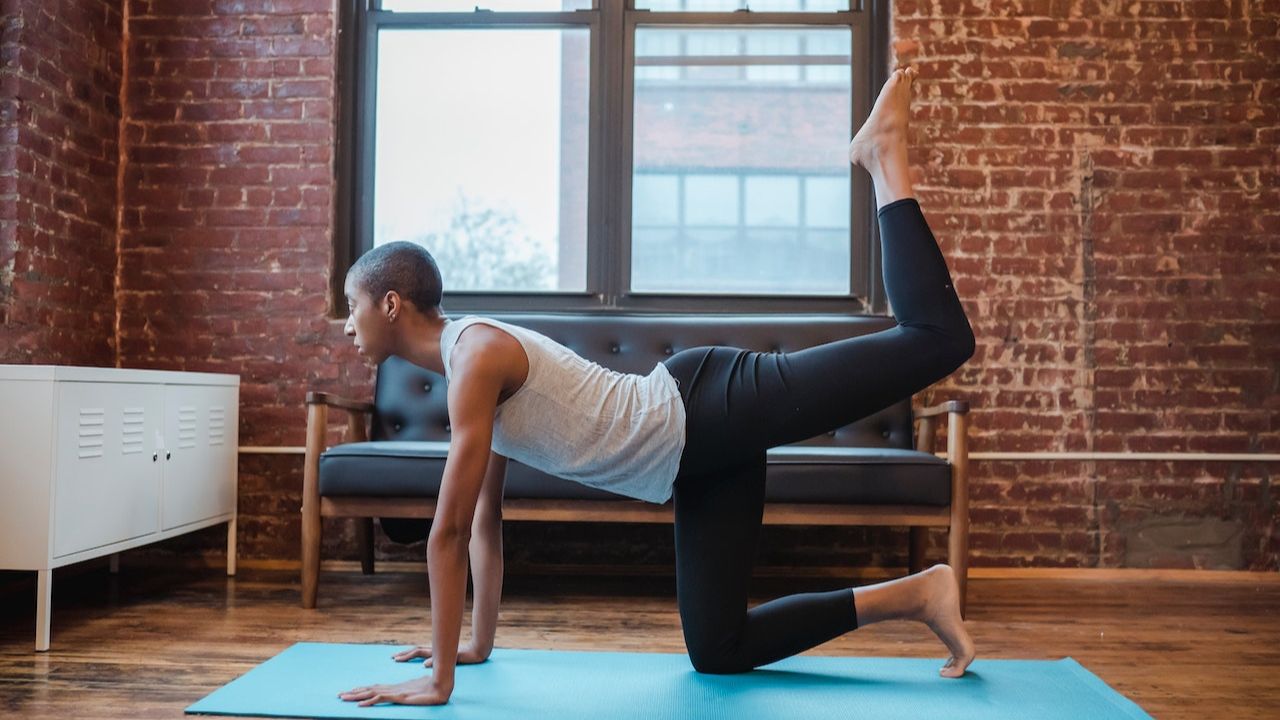
Reviving Your Muscles: 10 Best Guided Exercises for Repair and Recovery is a comprehensive guide designed to help you optimize your muscle repair and recovery journey.
Backed by evidence-based research, this article offers a curated list of the most effective exercises to revive and strengthen your muscles.
From foam rolling and dynamic stretching to resistance band exercises and yoga, this guide provides expert guidance to aid in muscle repair, enhance flexibility, and promote overall well-being.
Whether you're a fitness enthusiast or recovering from an injury, this article is a valuable resource for anyone seeking freedom in their muscle recovery journey.
Foam Rolling: A Must-Try Technique for Muscle Repair
Foam rolling, a popular method for muscle repair, has gained significant attention in recent years due to its effectiveness in alleviating muscle soreness and enhancing post-workout recovery.
The benefits of foam rolling are numerous and well-documented. By applying pressure to specific areas of the body using a foam roller, the technique helps to release tension and tightness in the muscles, promoting increased flexibility and range of motion. Additionally, foam rolling aids in breaking down adhesions and scar tissue, which can improve overall muscle function and performance.
To achieve optimal results, it is important to use the proper technique for foam rolling. This involves rolling slowly over the targeted muscle group, pausing on any tender spots, and applying sustained pressure for 30-60 seconds. It is also important to maintain proper breathing and avoid rolling directly on joints or bones.
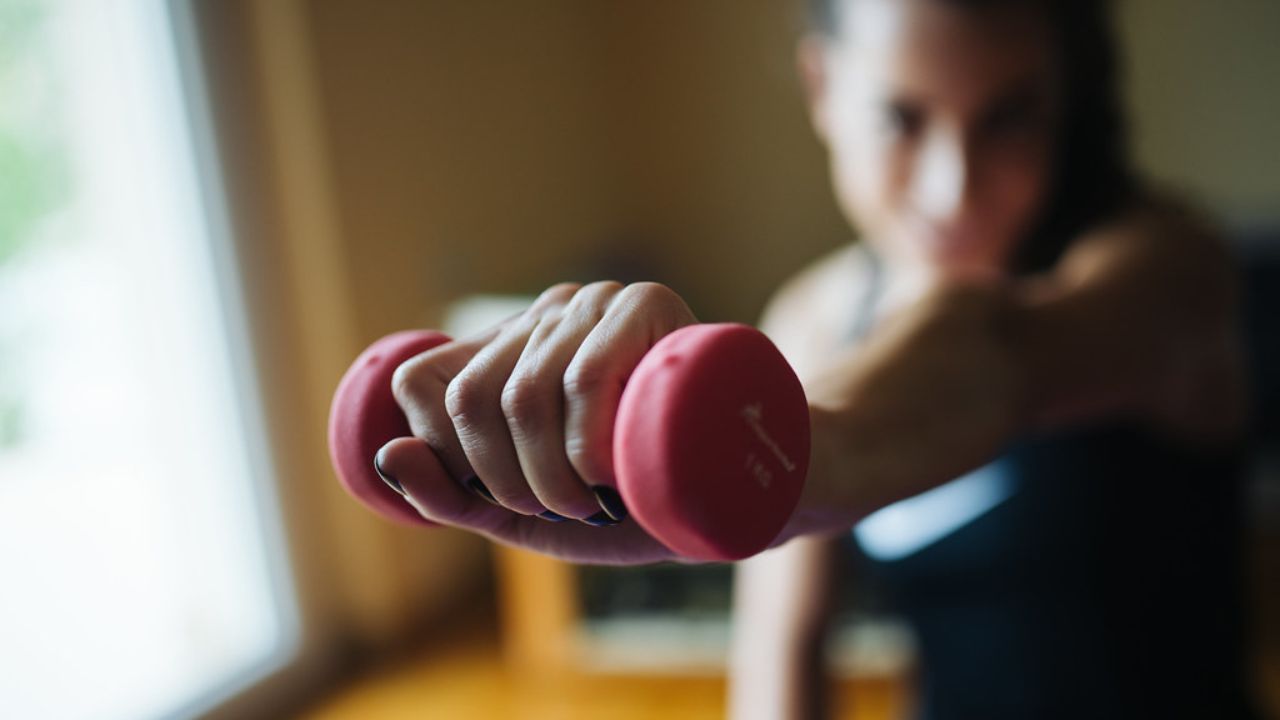
Dynamic Stretching: Enhancing Flexibility and Recovery
Dynamic stretching is a valuable technique for enhancing flexibility and aiding in muscle recovery. Unlike static stretching, which involves holding a stretch for an extended period, dynamic stretching involves moving through a range of motion to warm up and prepare the muscles.
Research has shown that dynamic stretching can improve performance, prevent injuries, and increase overall flexibility.
Stretching for Muscle Recovery
In order to optimize muscle recovery, incorporating stretching exercises after a workout can help enhance flexibility and promote faster healing.
Static stretching is a form of stretching where you hold a specific position for a certain period of time, usually between 15 to 60 seconds. This type of stretching increases muscle flexibility and improves joint range of motion, allowing for better muscle recovery.
Additionally, mobility exercises are also beneficial for muscle recovery. These exercises focus on improving the movement and function of the joints, helping to prevent muscle imbalances and injuries.
By incorporating both static stretching and mobility exercises into your post-workout routine, you can effectively promote muscle recovery and enhance overall flexibility.
Remember to consult with a professional trainer or therapist to ensure you are performing these exercises correctly and safely.

Flexibility Benefits of Dynamic Stretching
How can dynamic stretching enhance flexibility and promote muscle recovery?
Dynamic stretching techniques involve moving parts of your body through a full range of motion to improve flexibility and prepare your muscles for activity. Unlike static stretching, which involves holding a stretch for an extended period, dynamic stretching keeps your body in motion, promoting blood flow and warming up your muscles.
This type of stretching has been shown to increase range of motion and joint mobility, leading to improved flexibility. Additionally, dynamic stretching can help with muscle recovery by reducing muscle stiffness and soreness after exercise.
Resistance Band Exercises: Strengthening Muscles for Recovery
Resistance band exercises are a highly effective way to strengthen muscles during the recovery process.
One of the advantages of using resistance bands over free weights is their ability to provide variable resistance throughout the entire range of motion, helping to target and engage specific muscle groups.
Additionally, resistance band exercises offer the benefit of being low-impact, reducing the risk of injury and allowing for a gradual progression in intensity.
Band Vs. Free Weights
While both bands and free weights can be effective for muscle strengthening and recovery, it is important to consider the specific needs and goals of each individual. Here are three key factors to consider when deciding between band exercises and the benefits of free weights:
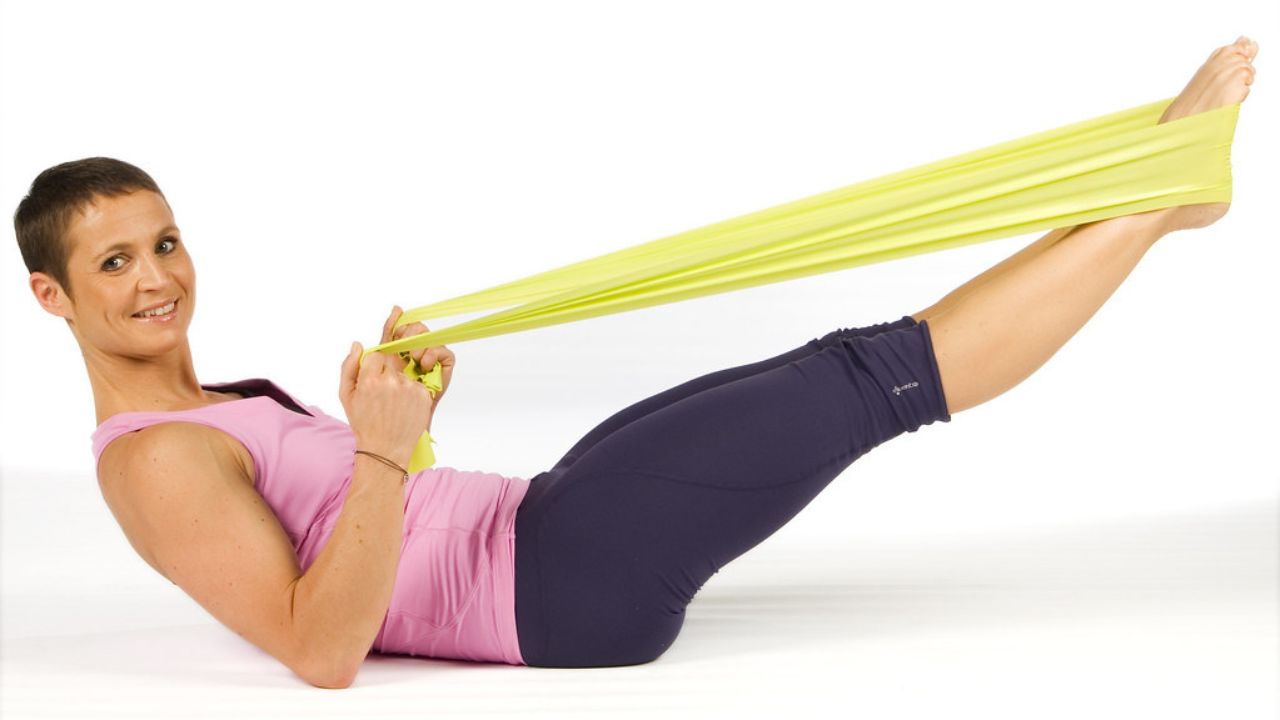
Resistance levels: Bands offer variable resistance, allowing for different levels of difficulty depending on the tension applied. Free weights, on the other hand, provide a consistent level of resistance throughout the movement.
Muscle activation: Bands engage smaller stabilizer muscles due to the constant tension they provide. Free weights primarily target the larger muscle groups, making them ideal for heavy lifting and building strength.
Range of motion: Bands offer a wider range of motion, enabling a greater stretch and contraction of the muscles. Free weights, while limited in range, allow for more controlled movements and precise targeting of specific muscle groups.
Ultimately, the choice between bands and free weights depends on individual preferences, goals, and the desired level of challenge. Experimenting with both can help determine the best approach for optimal muscle strengthening and recovery.
Benefits of Resistance Bands
Additionally, the benefits of resistance bands include their versatility and ability to target specific muscle groups, making them an efficient tool for muscle strengthening and recovery.
Resistance bands are not only effective for building strength, but they can also play a crucial role in injury prevention. When used correctly, resistance bands can help improve muscle activation and stability, reducing the risk of injury during physical activity.
Research has shown that incorporating resistance band exercises into a training program can enhance muscle activation and strength, particularly in the lower body. The bands provide constant tension throughout the entire range of motion, activating the muscles in a way that free weights cannot. This targeted activation helps to strengthen the muscles and stabilize the joints, ultimately aiding in injury prevention.
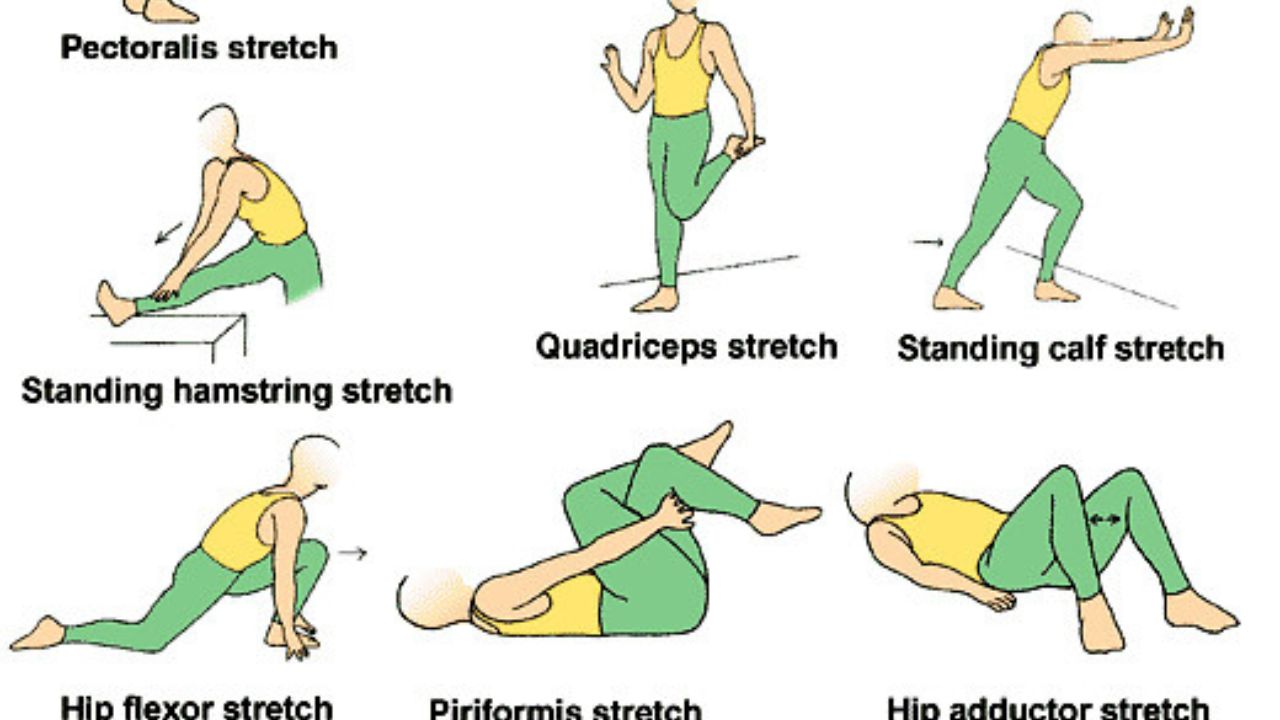
Whether you are an athlete, a fitness enthusiast, or someone recovering from an injury, resistance bands are a valuable tool to incorporate into your exercise routine.
Yoga for Muscle Repair: Restoring Balance and Flexibility
The practice of incorporating ten specific yoga poses into your routine can effectively promote muscle repair, restore balance, and enhance flexibility. Yoga has long been recognized as a powerful tool for physical and mental well-being.
Restorative poses, in particular, can provide deep relaxation and rejuvenation for tired muscles. Here are three yoga postures for flexibility and strength that are highly recommended:
Downward-Facing Dog: This pose stretches the entire body, including the hamstrings, calves, and shoulders, while building strength in the arms and core.
Warrior II: This pose strengthens the legs and opens up the hips, promoting flexibility and stability.
Bridge Pose: This pose targets the back, glutes, and hamstrings, improving flexibility and strengthening the core.
Incorporating these poses into your yoga practice can help revitalize your muscles, restore balance, and enhance flexibility, allowing you to move more freely and feel better in your daily life.
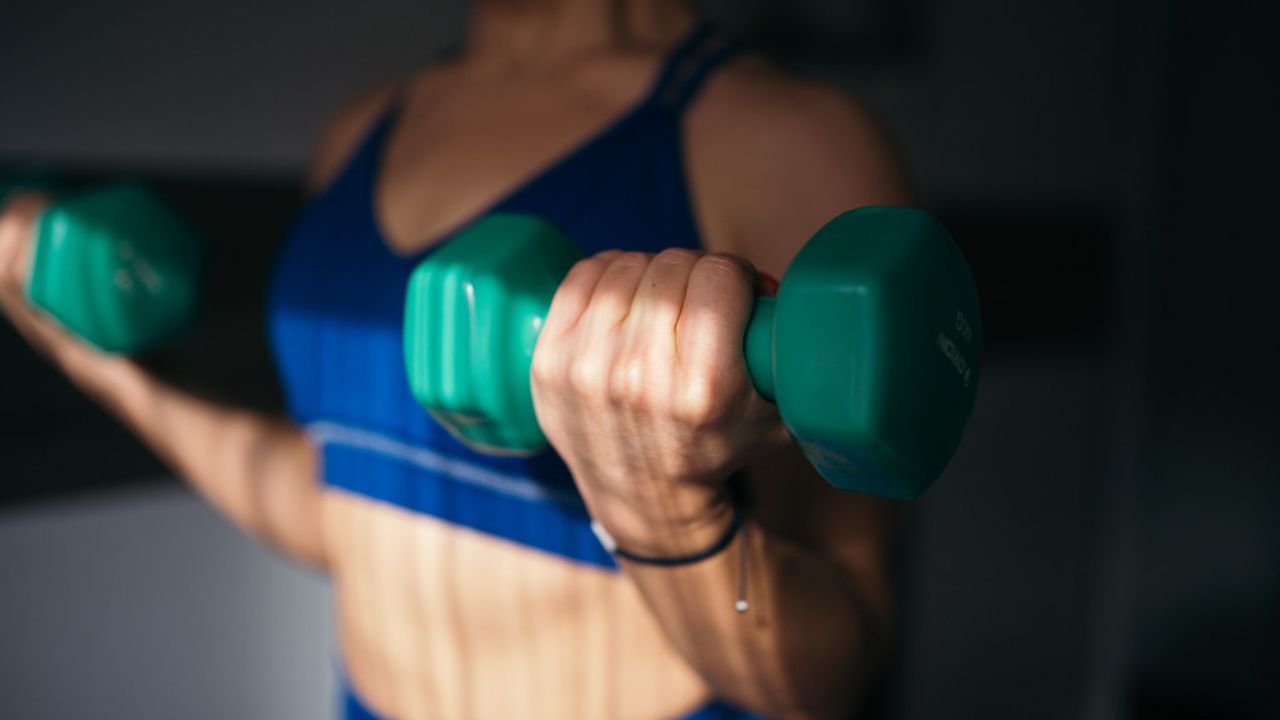
Pilates: Rebuilding Core Strength for Optimal Recovery
By incorporating Pilates exercises into your routine, you can effectively rebuild core strength for optimal recovery and enhance overall physical well-being.
Pilates is a form of exercise that focuses on improving core strength, flexibility, and posture. It involves controlled movements and precise alignment to target the deep muscles of the abdomen, back, and pelvis.
These exercises help to rebuild core strength by engaging and activating the muscles that support the spine and promote stability. The controlled and deliberate nature of Pilates also allows for optimal recovery, as it reduces the risk of injury and promotes correct movement patterns.
Additionally, Pilates can improve flexibility, balance, and coordination, leading to better overall physical well-being. Incorporating Pilates into your routine can be a valuable tool in rebuilding core strength and achieving optimal recovery.
Active Recovery Workouts: Boosting Blood Flow and Healing
Engaging in active recovery workouts not only boosts blood flow and healing but also promotes overall muscle recovery and enhances post-workout performance. When it comes to recovering from intense exercise, giving your body the tools it needs to heal and repair is crucial.
Active recovery workouts offer a holistic approach to recovery by combining movement and gentle exercises that aid in boosting circulation and promoting healing. Here are three key benefits of incorporating active recovery workouts into your routine:
Increased blood flow: Active recovery exercises, such as light cardio or stretching, help increase blood flow to the muscles. This increased circulation delivers oxygen and nutrients to the muscles, aiding in the repair process.
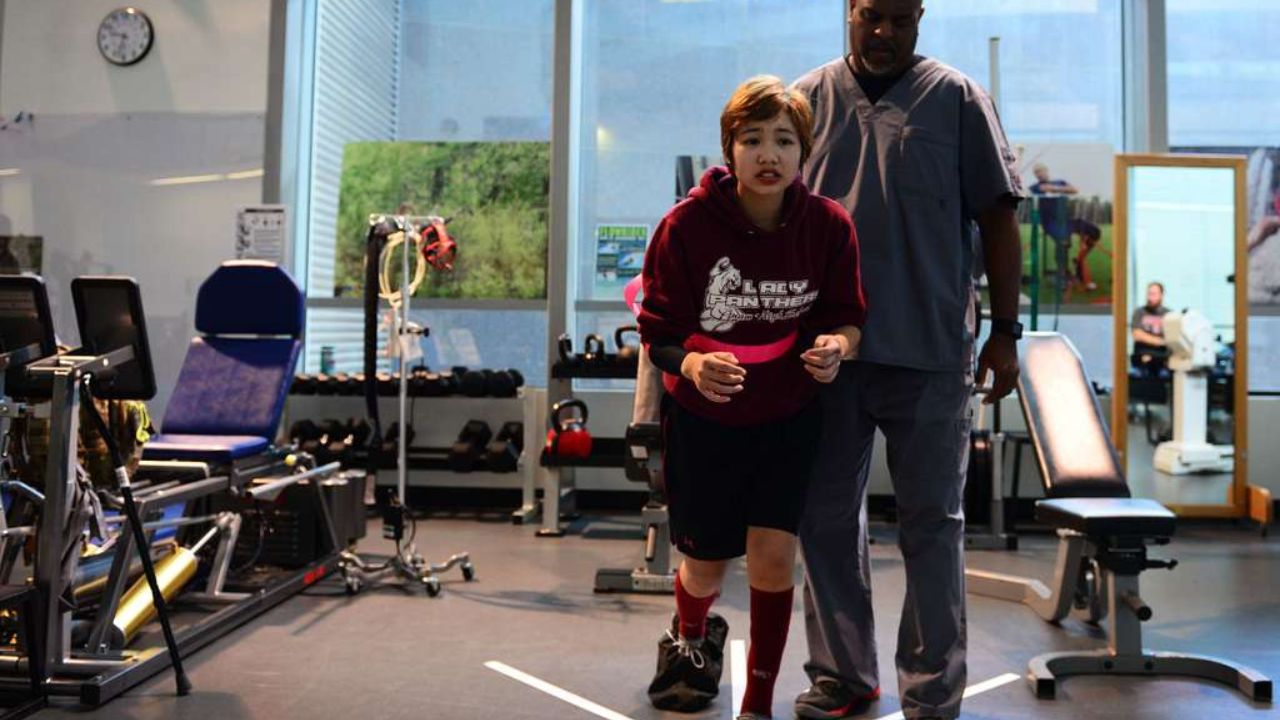
Reduced muscle soreness: Active recovery workouts help reduce muscle soreness by flushing out lactic acid buildup and decreasing inflammation. This allows your muscles to recover faster and get back to optimal performance.
Improved flexibility and mobility: By engaging in active recovery exercises that focus on stretching and mobility, you can improve your overall flexibility and range of motion. This can help prevent injuries and enhance your performance in future workouts.
Incorporating active recovery workouts into your routine is essential for boosting circulation, promoting healing, and optimizing your overall fitness journey. So, take the time to prioritize your recovery and allow your body to rest and rejuvenate.
Isometric Exercises: Rebuilding Muscles Without Strain
When it comes to rebuilding muscles without strain, isometric exercises provide a safe and effective method for strengthening and repairing damaged muscle fibers. Isometric exercises involve contracting and holding a muscle without any movement at the joint.
These exercises can be performed by anyone, regardless of their fitness level, and can be modified to target specific muscle groups. Isometric exercises are particularly beneficial for rehabilitation purposes as they help in increasing muscle strength and stability without putting excessive stress on the joints. Moreover, these exercises enhance muscle endurance and promote blood flow to the injured area, which aids in the healing process.
Some common isometric exercises include planks, wall sits, and static lunges. Incorporating these rehabilitation exercises into your muscle repair techniques can assist in a safe and efficient recovery.
Mobility Exercises: Improving Joint Health and Muscle Function
Mobility exercises play a crucial role in improving joint health and muscle function. These exercises focus on enhancing flexibility and range of motion, which can help prevent injuries, reduce pain, and improve overall physical performance.
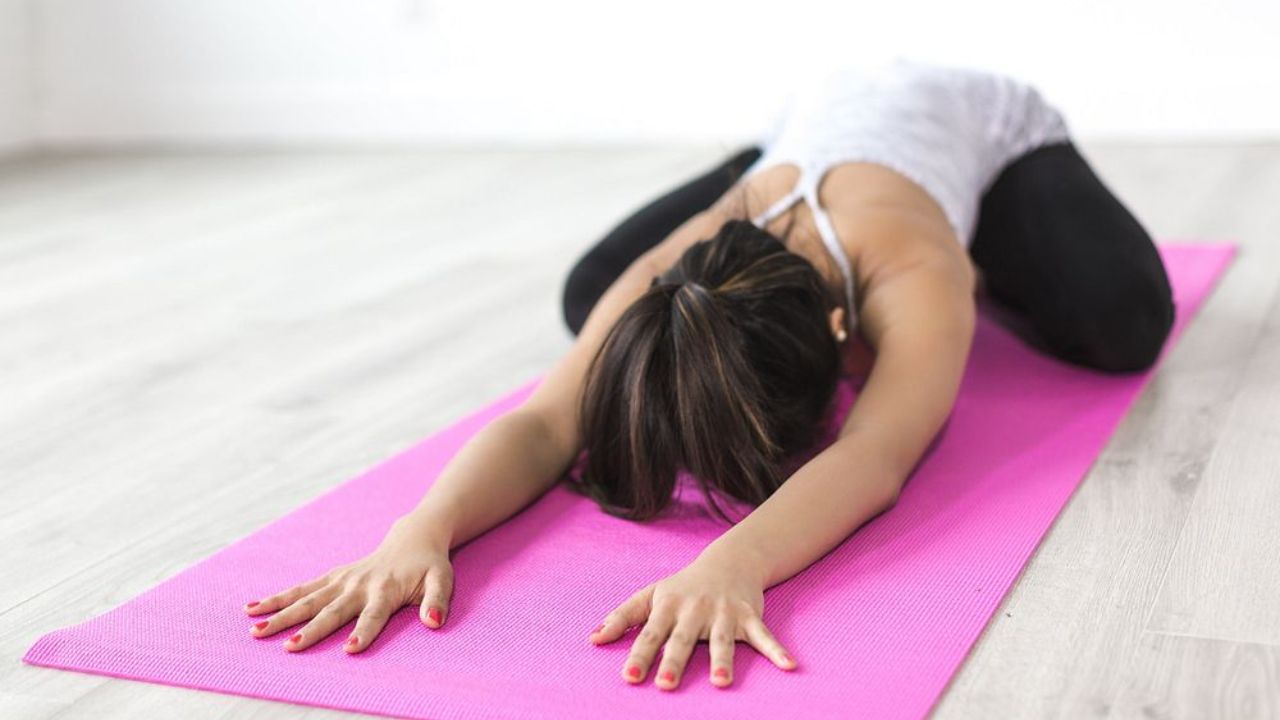
Incorporating mobility training into your exercise routine can lead to increased joint stability, improved muscle coordination, and better posture.
Flexibility for Joint Health
Promoting flexibility is crucial for maintaining optimal joint health and preventing injuries. In order to improve joint flexibility, it is important to incorporate effective stretching techniques into your routine. Here are three key stretching techniques that can help enhance joint mobility:
Dynamic stretching: This involves moving your joints through a full range of motion in a controlled and fluid manner. Dynamic stretching can improve joint flexibility by increasing blood flow and warming up the muscles surrounding the joint.
Static stretching: This technique involves holding a stretch for a prolonged period, typically around 30 seconds. Static stretching helps improve joint flexibility by lengthening the muscles and tendons around the joint.
Proprioceptive neuromuscular facilitation (PNF) stretching: PNF stretching involves a combination of stretching and contracting muscles to improve joint flexibility. This technique is often done with a partner who provides resistance during the stretch.
Range of Motion Exercises
Incorporating range of motion exercises into your fitness routine can enhance joint health and improve muscle function, allowing for greater flexibility and mobility in daily activities.
Range of motion exercises are designed to move a joint through its full range of motion, helping to increase joint flexibility and reduce the risk of injury.
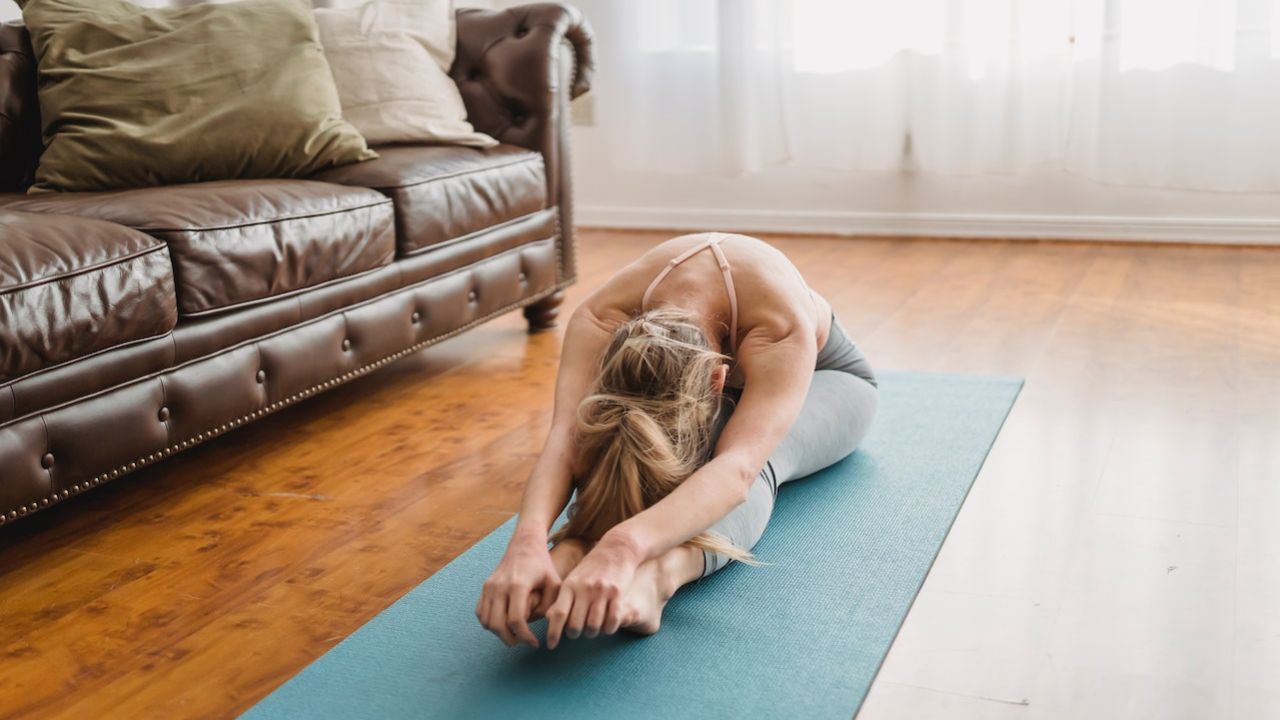
One area where range of motion exercises are particularly beneficial is in improving shoulder mobility. Shoulder mobility exercises can help to increase the range of motion in the shoulder joint, allowing for better performance in activities such as reaching, lifting, and throwing.
Examples of shoulder mobility exercises include shoulder circles, arm circles, and wall slides. These exercises can be done with or without weights, and should be performed in a controlled and pain-free manner.
Incorporating range of motion exercises, particularly shoulder mobility exercises, into your fitness routine can help to improve joint health and enhance overall muscle function, leading to greater freedom of movement and improved quality of life.
Benefits of Mobility Training
The incorporation of specific mobility exercises into a fitness routine can yield significant benefits for joint health and muscle function, ultimately enhancing the overall range of motion and promoting long-term physical well-being. Mobility training focuses on improving flexibility, stability, and strength in the joints and muscles, allowing individuals to move freely and without pain.
Here are three key benefits of incorporating mobility training into your fitness routine:
Increased joint flexibility: Mobility exercises help to increase the range of motion in your joints, allowing for smoother and more fluid movements. This can improve performance in sports and activities that require flexibility, such as yoga or dancing.
Injury prevention: By improving joint mobility and flexibility, mobility training can help reduce the risk of injuries. Increased flexibility can help to prevent muscle strains, sprains, and other common injuries that can occur during physical activity.
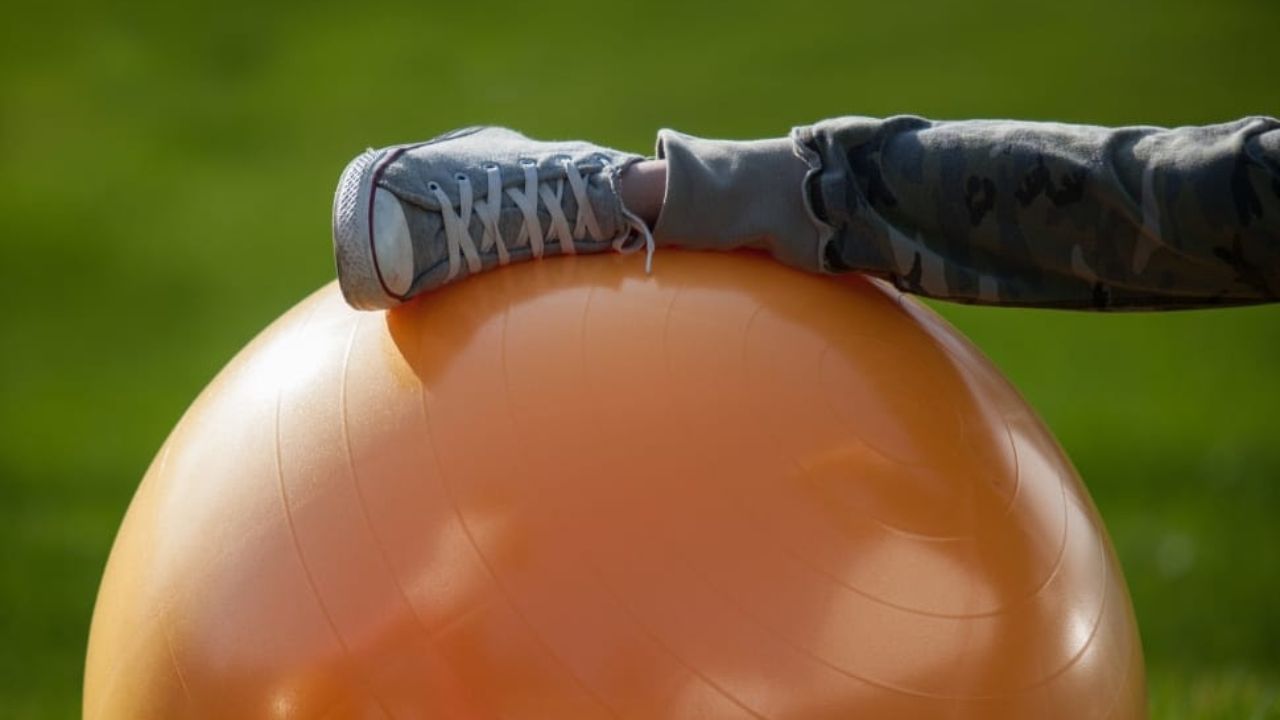
Enhanced muscle function: Mobility exercises target specific muscle groups, helping to improve their strength and function. This can lead to better muscle coordination, increased power, and improved overall physical performance.
Bodyweight Exercises: Rebuilding Muscles Anywhere, Anytime
While there are countless ways to rebuild muscles, bodyweight exercises offer a convenient and accessible option that can be performed anytime and anywhere. When comparing bodyweight exercises to weightlifting, it is important to consider individual goals and preferences.
Bodyweight exercises utilize the resistance of one's own body, allowing for functional movements that engage multiple muscle groups simultaneously. This can lead to improved strength, balance, and flexibility. Additionally, bodyweight exercises can be easily modified to accommodate different fitness levels and can be performed without the need for expensive equipment or a gym membership.
When it comes to muscle recovery techniques, incorporating bodyweight exercises can be beneficial. These exercises help increase blood flow to the muscles, promoting nutrient delivery and waste removal, which aids in muscle repair and growth.
Swimming: Low-Impact Exercise for Full-Body Recovery
Swimming provides a low-impact workout that promotes full-body recovery. It is an excellent exercise option for individuals looking to engage in physical activity without putting excessive stress on their joints. Here are three reasons why swimming is an ideal choice for low-impact exercises and full-body recovery:
Joint-friendly: The buoyancy of water reduces the impact on your joints, making swimming a suitable exercise for people with arthritis or joint pain.
Full-body engagement: Swimming involves the use of multiple muscle groups, providing a comprehensive workout for your entire body.

Improved cardiovascular health: Swimming increases your heart rate and improves lung capacity, leading to better cardiovascular fitness.
Furthermore, swimming is a versatile activity that allows you to choose from various strokes and intensity levels, catering to individual preferences and fitness goals. So, dive into the pool and reap the benefits of this low-impact exercise for full-body recovery.
Frequently Asked Questions
How Often Should I Foam Roll to See Results in Muscle Repair?
Foam rolling is a beneficial technique for muscle repair and recovery. To see results, it is recommended to foam roll regularly, ideally 2-3 times a week. Consistency and proper technique are key for optimal outcomes.
Can Dynamic Stretching Be Done Before and After a Workout for Optimal Recovery?
Dynamic stretching can be beneficial both before and after a workout for optimal muscle recovery. It helps improve flexibility, range of motion, and blood flow to the muscles. Additionally, proper nutrition plays a crucial role in muscle repair and recovery.
Are Resistance Band Exercises Suitable for All Fitness Levels?
Resistance band exercises can be modified to suit different fitness levels, making them suitable for a wide range of individuals. These exercises provide alternative options for muscle recovery and can be incorporated into a comprehensive fitness routine.
How Does Yoga Help in Muscle Repair and Restoring Balance?
Yoga is an effective practice for muscle repair and restoring balance. It helps improve blood circulation, increases flexibility, and reduces inflammation. By focusing on breathing and mindfulness, yoga aids in overall recovery and promotes a sense of well-being.
Can Swimming Be Considered a Complete Workout for Muscle Recovery?
Swimming can be considered a complete workout for muscle recovery due to its numerous benefits, such as low impact on joints, full-body engagement, and cardiovascular conditioning. Proper swimming technique ensures optimal muscle engagement and promotes repair and recovery.
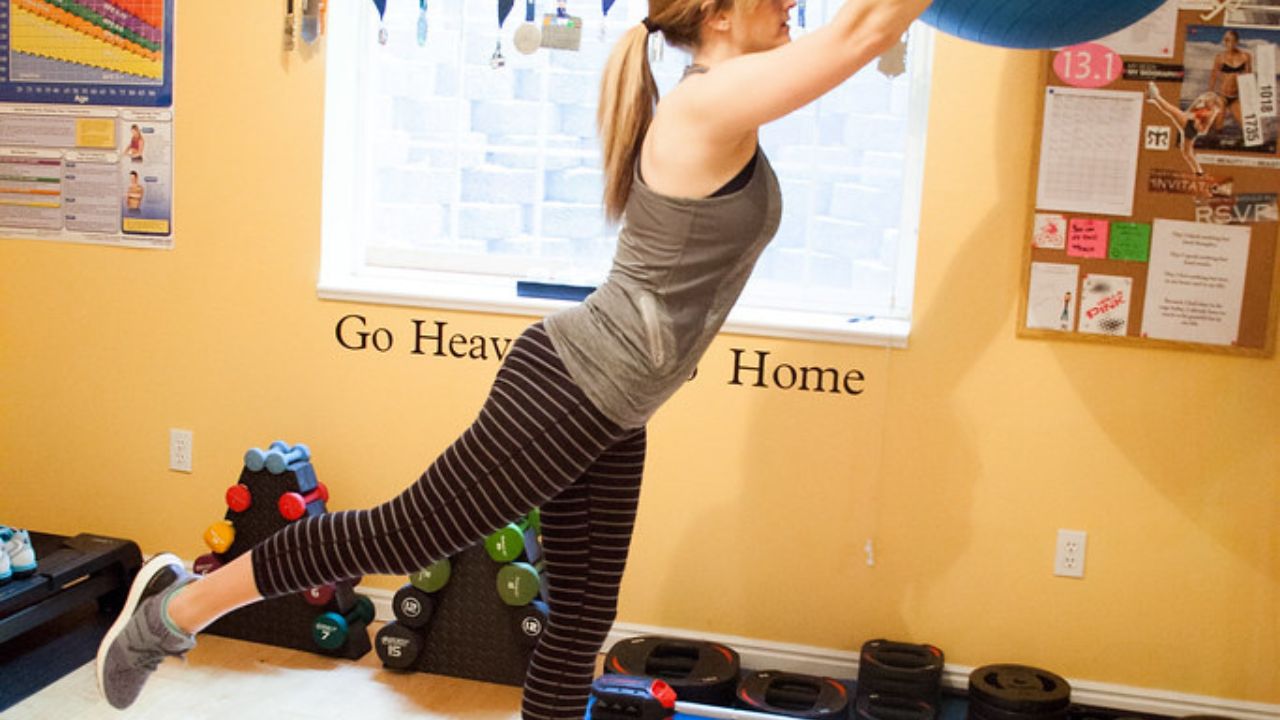
Conclusion
In conclusion, incorporating guided exercises into your routine can greatly aid in muscle repair and recovery. Techniques such as foam rolling, dynamic stretching, resistance band exercises, yoga, pilates, isometric exercises, mobility exercises, bodyweight exercises, and swimming all offer unique benefits for restoring and strengthening muscles.
By regularly engaging in these exercises, you can improve flexibility, rebuild core strength, enhance joint health, and promote overall muscle function. Remember to consult with a professional to develop a personalized exercise plan that suits your specific needs and goals.
 Mobility trainingHome Fitness RecoverySports Injury PreventionPersonal Physical TherapyOrthopedic SolutionsPrivacy PolicyTerms And Conditions
Mobility trainingHome Fitness RecoverySports Injury PreventionPersonal Physical TherapyOrthopedic SolutionsPrivacy PolicyTerms And Conditions
